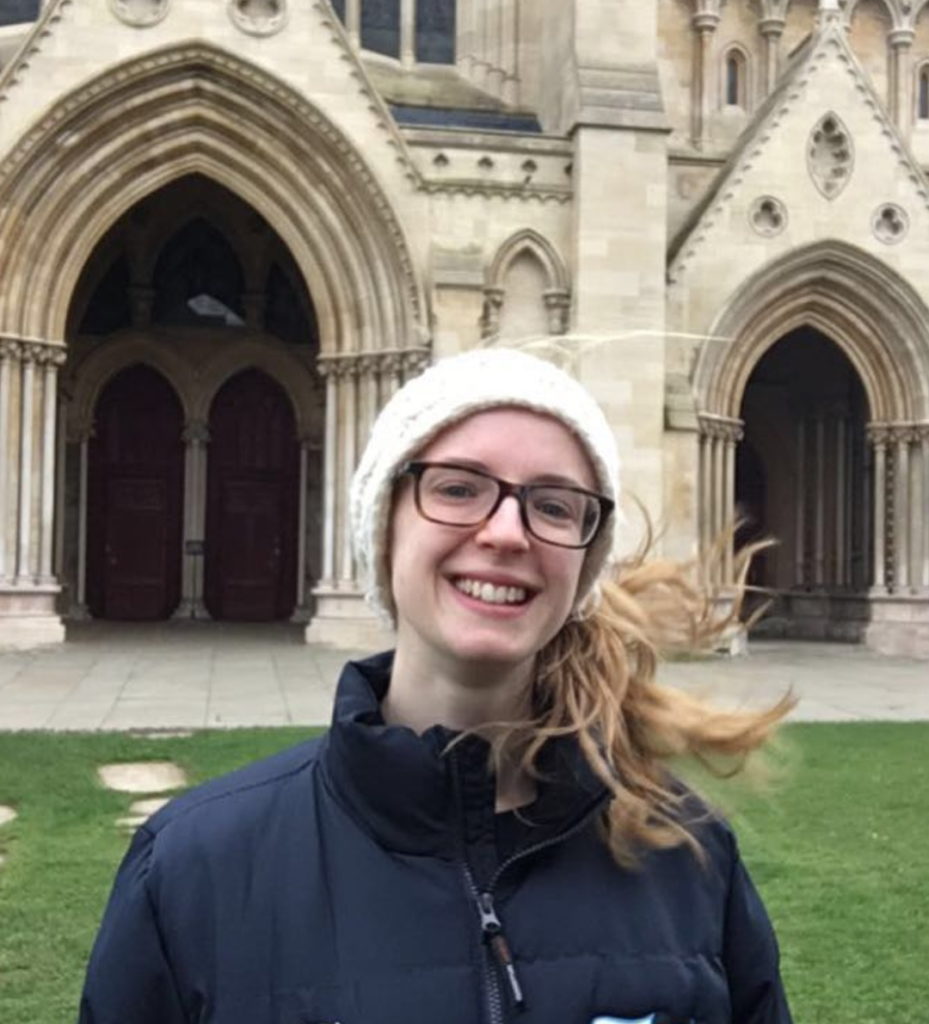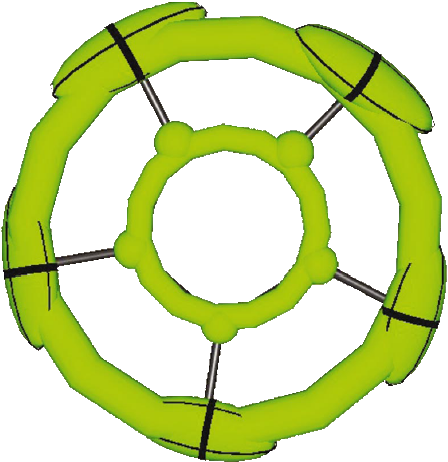
Natalie is implementing a scattering model for chemical groups which behave as “hindered rotors” to the base Fortran code of the CRYSTALS software. The representation requires fewer parameters and is more physically realistic than current models. Look out for better trifluoromethyl groups in future!
Natalie does not have a favourite programming language, believing instead that we should use the appropriate tool for the problem being solved. In her spare time she is a keen cross-country runner and has completed over 170 parkruns.
